It’s official – we are living in the age of TikTok. The Chinese social media platform is phenomenally popular, easily outstripping the popularity of its counterparts by a significant degree. Other platforms such as Instagram still have larger audience shares than TikTok, but ByteDance’s video sharing app is growing at an unbelievable rate and isn’t showing any signs of slowing down any time soon. We thought this would be a pretty good time to take stock of exactly what TikTok is, how it started, and what the future could hold for it.
What is TikTok?
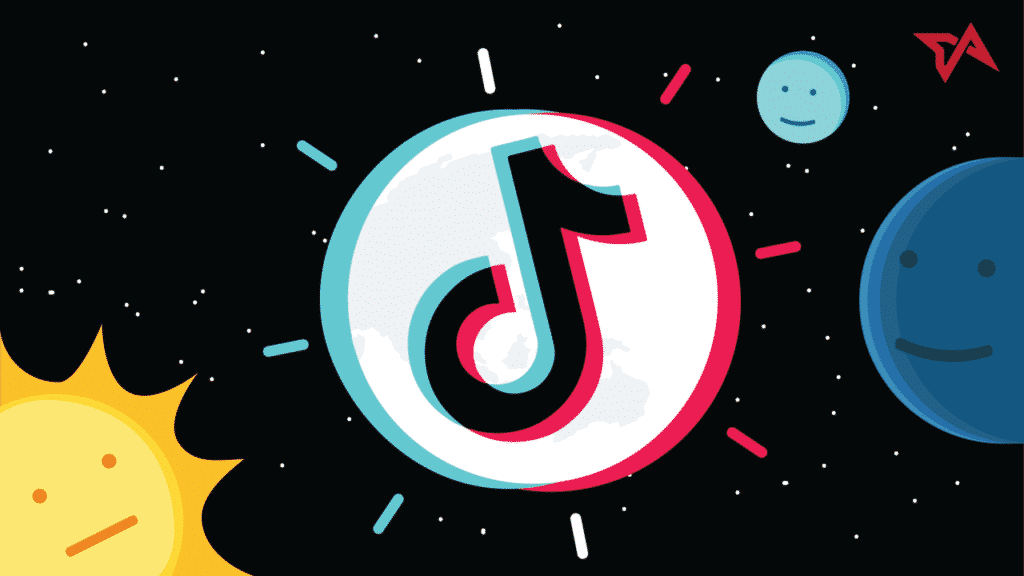
Let’s start with the basics. TikTok is a short-form video-sharing social media platform. If you’re having trouble imagining it, think of a more comedy- and music-orientated Vine, and you’re almost there. Users can film anything they like and share videos of up to a minute in length. It’s also possible for users to “Duet” with one another, which means taking a video another user has created and augmenting it with parts you’ve created yourself. Stitching has a similar concept; you take videos created by others and clip them to integrate them into a video you’re creating.
How did TikTok start?
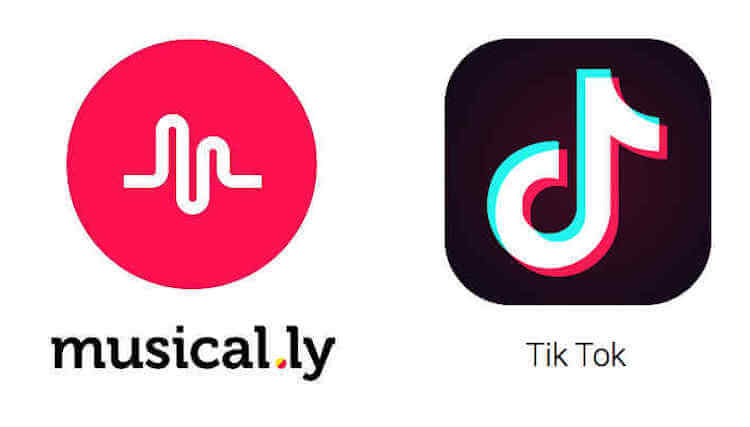
TikTok was originally a Chinese app called Douyin, which launched back in 2016. On this platform, users could upload 15-second clips of themselves doing pretty much anything. When it expanded globally, Douyin changed its name to TikTok (although the apps are actually separate, with Douyin still existing in its home country of China). ByteDance, a startup founded by Chinese entrepreneur Zhang Yiming, also acquired the musical lip-syncing social media platform Musical.ly in late 2017, with that app folding into TikTok in 2018.
Why should you be on TikTok?
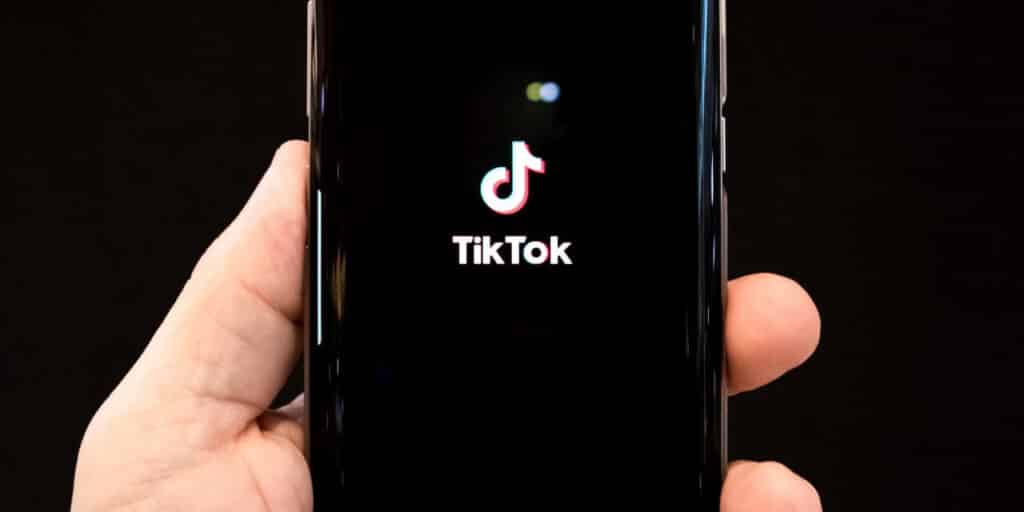
TikTok as a platform has carved out a different niche for itself to its competitors. If we think of Facebook as a friends network, Twitter as a microblogging platform, and Instagram as a place to share images, then TikTok is the premier video-sharing service. The audience that had nowhere to go once Vine shut down in 2016 has migrated to TikTok, but its primary demographic is younger people. Put simply, Gen Z and millennials adore TikTok for its brevity and the ability of users to connect with others simply by sharing short videos.
If you want to have your finger on the pulse of the social media zeitgeist, then you really need to be on TikTok. Some of the best short comedy skits and challenges find their home on TikTok; if you love to watch people dance or complete difficult tasks, then TikTok will more than deliver on that front. It’s also pretty much undeniable that TikTok is having a huge impact on the world; whether that’s because ByteDance is at the forefront of awkward conversations about data security or because TikTok is the voice of a generation, it’s important to be a part of the conversation.
How does the TikTok algorithm work?
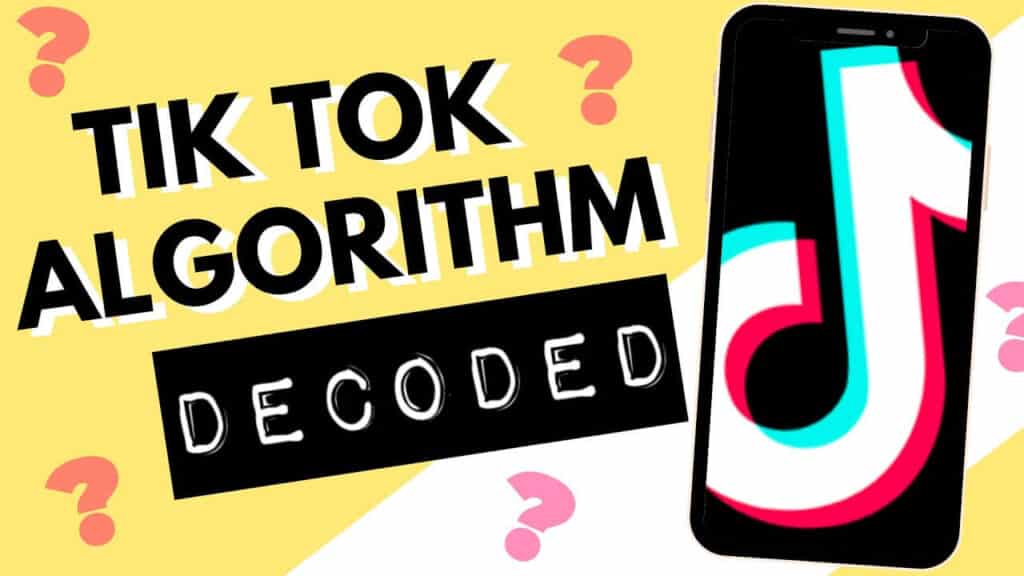
Perhaps one of the most famous aspects of the TikTok app is its content recommendation algorithm. In essence, when a user watches a TikTok video, the app will watch to see how they react to it. If they tap away from it quickly, the user probably won’t be recommended any more content that’s similar to that video. However, if a user watches a video to its conclusion, for example, or shares it to their own feed, then the content generation algorithm will start to recommend videos that are similar to that content.
As you might imagine, there are upsides and downsides to this approach. On the one hand, the TikTok algorithm is scarily good at recommending content that you will like. It’s possible for users to spend hours and hours simply browsing through TikTok, all because the app knows their preferences and their browsing habits. However, it’s also true that TikTok encourages bubble culture more than other platforms do, largely thanks to this content algorithm. After all, why would you ever look outside your comfort zone when you have an algorithm consistently recommending content it knows you will like?
What are some of the issues around TikTok?
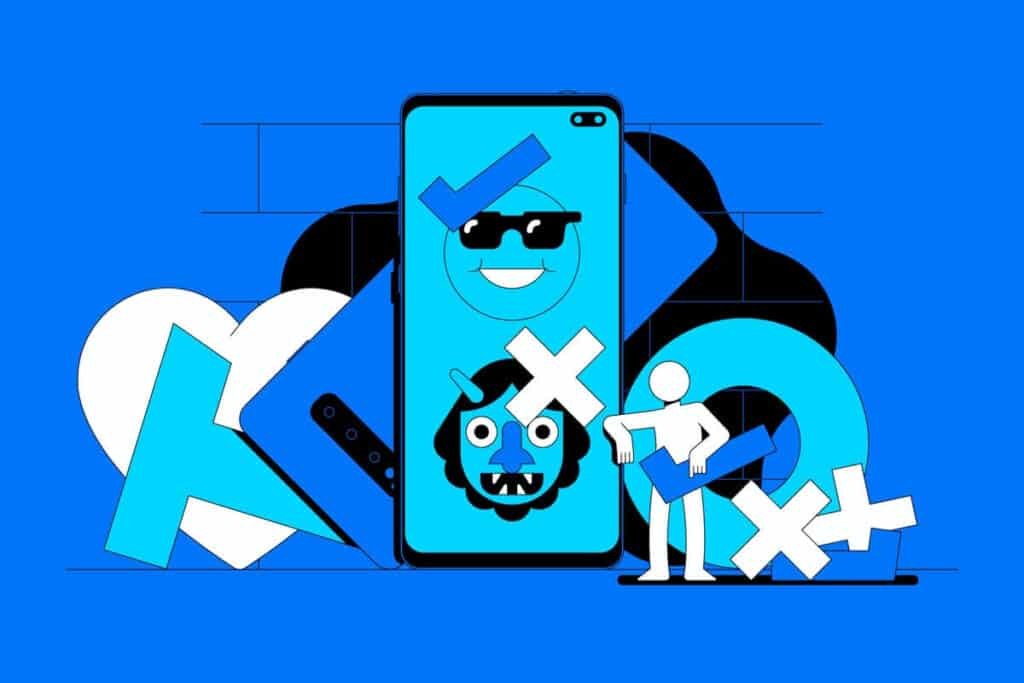
Since TikTok’s inception, it hasn’t been without its controversies. There was an outcry when it was revealed that TikTok moderators had been told to suppress content by “ugly” and “poor” users. There have also been some security concerns, with international governments accusing ByteDance of being in the pocket of the Chinese government (an accusation ByteDance itself has vehemently denied). In addition, the openness of TikTok’s content creation has come under scrutiny.
It’s worth noting that every single social media platform out there has its fair share of controversies; Twitter’s list is longer than its corporate history, and Facebook is under constant government watch. TikTok is always watching and learning from its mistakes, and it’s inevitable that ByteDance will grow and become a more responsible company as time goes on.